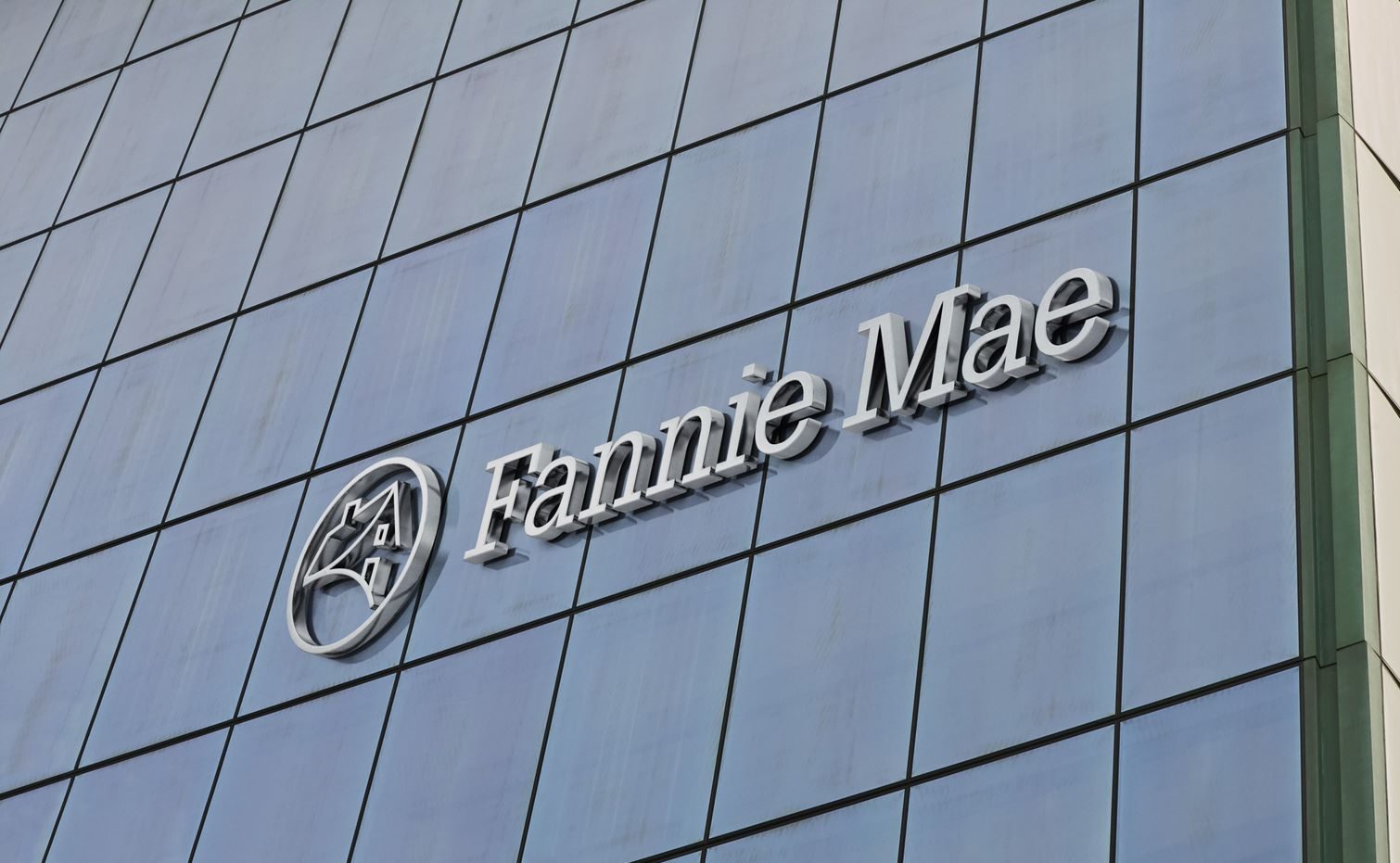As lenders prepare to adopt the Ability-to-Repay (ATR) and Qualified Mortgage (QM) rules in January, so too are ratings agencies preparing for these new rules. ""Fitch Ratings"":http://www.fitchratings.com/web/en/dynamic/fitch-home.jsp released ""a report"":http://www.fitchratings.com/creditdesk/reports/report_frame.cfm?rpt_id=722365&cm_mmc=ExactTarget-_-Email-_-LM_SFR_NA_NYC_Ability+to+Replay_2013Nov13-_-0000 Wednesday revealing its expectations for how the rules will impact future loss severities on residential mortgage-backed securities (RMBS) and how the agency will adapt its ratings.
[IMAGE]Overall, Fitch ""expects greater uniformity in underwriting to result from the rule, which would be viewed as a positive for RMBS.""
One change Fitch anticipates after implementation of the new rules is the labeling of each loan in a securitization pool--QM, higher-priced QM, non-QM.
Enhanced due diligence, especially in the short term, is also expected. Fitch anticipates 100 percent due diligence on QM and higher-priced QM loans in the short term, and then a lower percentage of due diligence for QM loans after the market has adjusted.
""Until the originator is able to effectively demonstrate to Fitch that its origination process ensures compliance with
[COLUMN_BREAK]the rule, 100 percent of due diligence reviews will be expected to have been completed on loans included in an RMBS transaction from that originator,"" Fitch said.
Fitch will also look for originator reviews when at least 15 percent of an RMBS is contributed by one originator.
Fitch will take the following into consideration for ratings: compliance procedures, due diligence results, labeling regarding QM versus non-QM, and ""a confirmation of satisfactory reps and warranties in the RMBS transaction relating to compliance with the rule.""
Fitch believes higher-priced QM loans may be open to more litigation risk and longer liquidation timelines than other QM loans, which would increase loss severity on these loans. While they may be open to more litigation, Fitch ""expects actual incidence of litigation may be limited.""
In part, this is due to the fact that these claims may be difficult to prove. The borrower will need to prove that ""based on the information that the creditor was aware of at the time of consummation of the loan, the borrower was not left with sufficient residual income or assets to meet basic living expenses,"" Fitch said.
On the other hand, non-QM loans will have greater litigation risk, despite having the same cap on damages as higher-priced QM loans because they have a lower burden of proof, according to Fitch.
""In select cases, Fitch expects the added litigation risk will require additional protections, such as focused originator reviews, full ATR compliance due diligence, and higher loss severity assumptions,"" the agency said in its report.
Fitch is accepting comments on ratings issues related to the ATR and QM rules through December 9 at ""[email protected]"":mailto:[email protected].

 theMReport.com Your trusted source for mortgage banking news
theMReport.com Your trusted source for mortgage banking news









